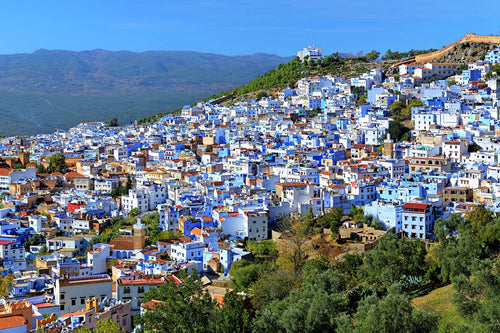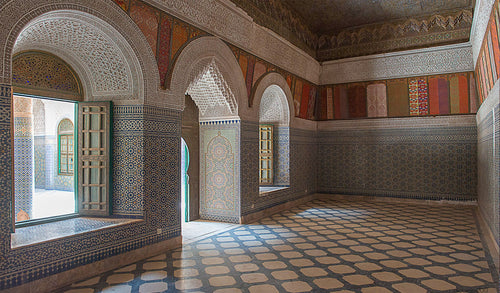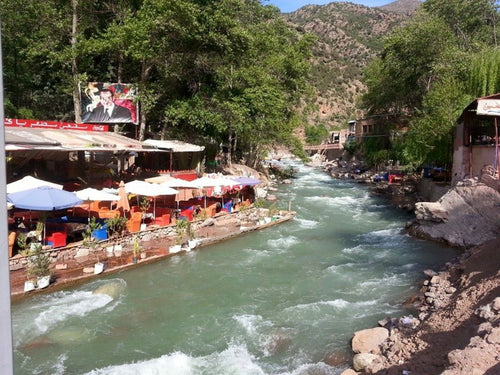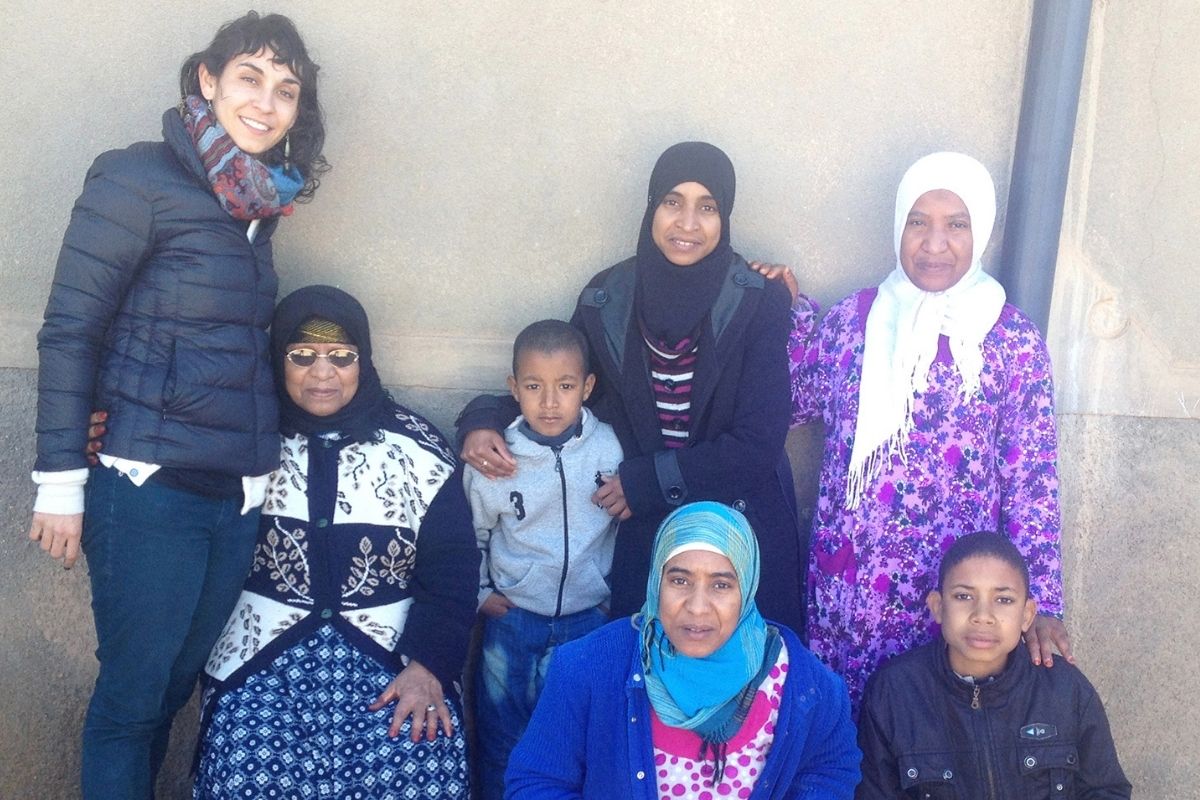Morocco Travel Tips: Amazigh Mountain Towns | Chefchouaen, Telouet, Ait Ben Haddou, Ifrane
Apr 12, 2018
Chefchaouen
Chefchaouen is a small mountain town in the Rif mountains north of Fes. Unfortunately it's not the easiest to get to from Fes, but it's worth the journey. If you find yourself heading south from Tangiers, it's slightly easier to find reliable and frequent transportation to Chaouen. The city is known for its beautiful blue walls and mountainous medina. There is a lot of good hiking around Chaouen with gorgeous views.

Since this in the northern part of the country, most folks in town speak speak Spanish as their second language, as opposed to French. Other languages include the Moroccan Arabic dialect, called Darija, and the Amazaigh language of the Rif Mountains, called Tarafit.

Learn more about Kantara Tours
Interested in learning more about your options for travel with Kantara Tours? Click here to read more about the services we offer, or feel free to reach out with any specific questions!
Learn moreTelouet
This is my new favorite place to visit in Morocco. It's an old Glaoui town, about 25km off the winding Tizi N' Techka road between Marrakech and Ouarzazate, which is the same road you would take if you're headed to the desert oases of Merzouga or Zagora. It's worth stopping in Telouet for a night or two. It's a little bit off of the tourist path but has one of the most beautiful ancient, tribal Kasbahs that I've seen in Morocco.

The Glaoui tribe was a well-known nomadic and warring tribe from this part of Morocco and their Kasbah is replete with fortressed walls, intricate tile-work, and incredible views. You can camp or stay in hotels that are an easy walk from the Kasbah. Since Telouet is nestled in the High Atlas Mountains at quite a high elevation, during winter months, travelers should be aware of sudden snow storms.

Ait Ben Haddou
Ait Ben Haddou is another ancient town featuring an old Kasbah fortress on the outskirts of Ouarzazate, about 4.5 hours from Marrakech. You can visit from the main Marrakech-to-Ouarzazate two-lane thoroughfare, called the Tizi N' Techka road (which in the Amazigh language, literally means "difficult road"), or you can continue along the backroads from Telouet to arrive at Ait Ben Haddou.

Visits to these impeccably preserved Kasbahs reveal a story about the import of the various tribal and indigenous factions that ruled Morocco centuries ago.

From here, you can continue on another 30 minutes to Ouarzazate, which is a great stopping point for travelers en route to one of Morocco's two desert spots. Ouarzazate is the hub of Morocco's film industry where many films were shot, including Gladiator, Alexander the Great, Babel, etc. Although I've never been, I know that studio tours are popular sightseeing options for folks who have some time to spare.
Cascades d'Ouzoud
In the mountains north-east of Marrakech is this popular waterfall destination in the foothills of the Middle Atlas Mountains.

Ifrane
From Fes you can take a day trip to Ifrane which is about 1.5 hours by bus. They call this town Little Switzerland because all the houses are built in the Swiss alps chalet style. It's the richest town in Morocco and is home to the prestigious university, Al Akhawayn. In winter, you can pass through Ifrane en route to local ski destination, Michlifen.

Ourika Valley
On the outskirts of Marrakech is this small, riverside town where you can go hiking, experience a more rural version of Moroccan life and stay in beautiful hotels on the side of the mountain stream. Temperatures are considerably cooler in the Valle d'Ourika and so this is makes for an ideal Marrakech getaway.






